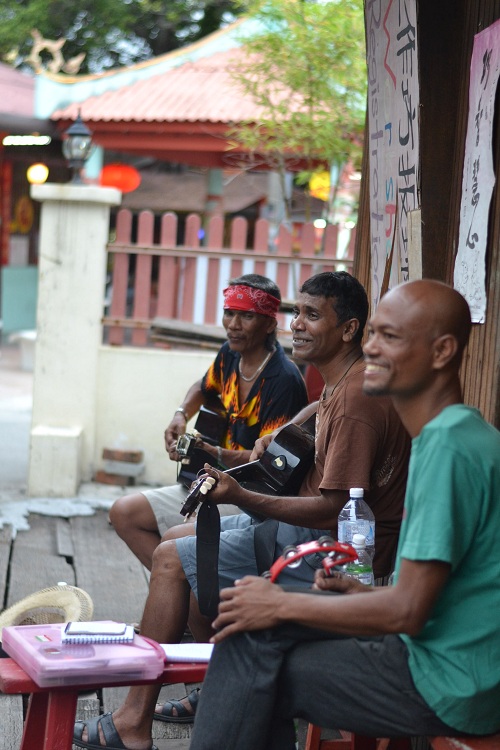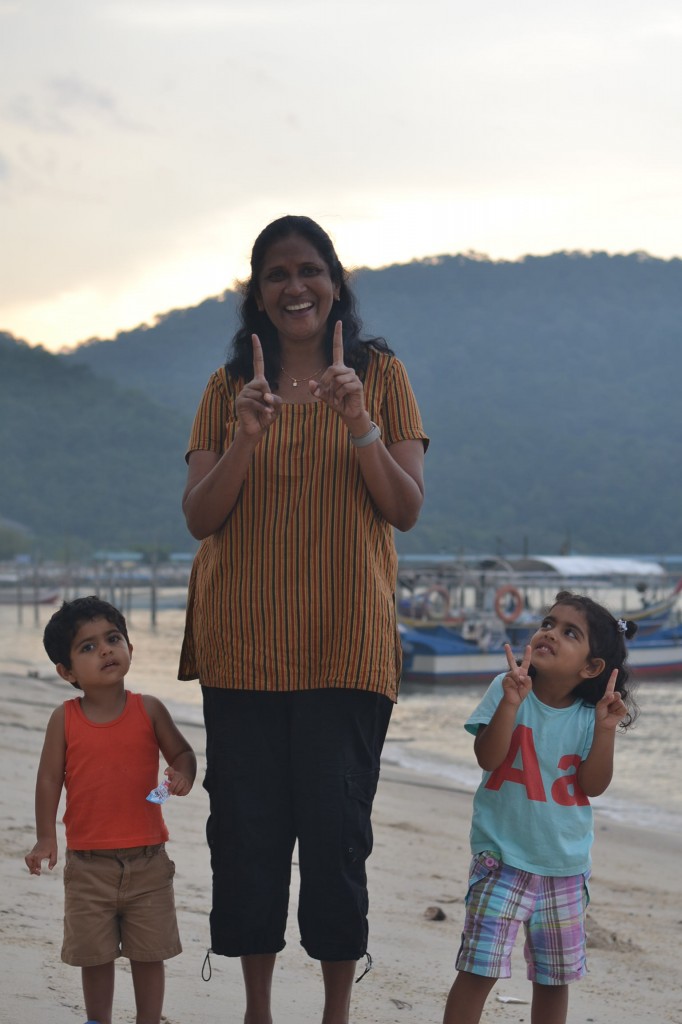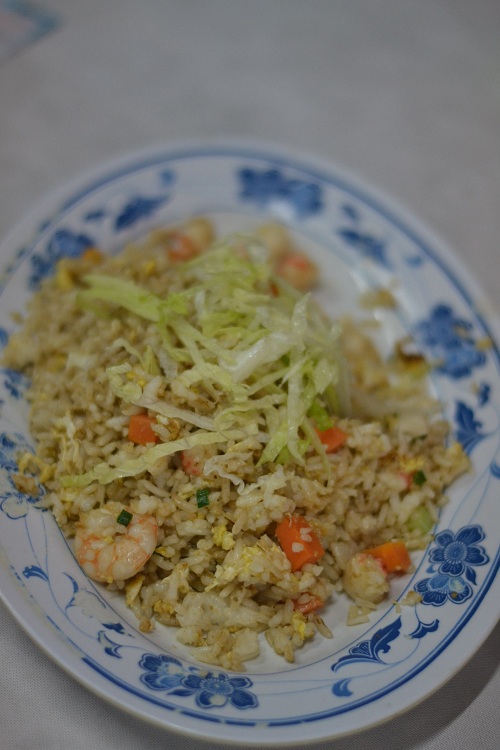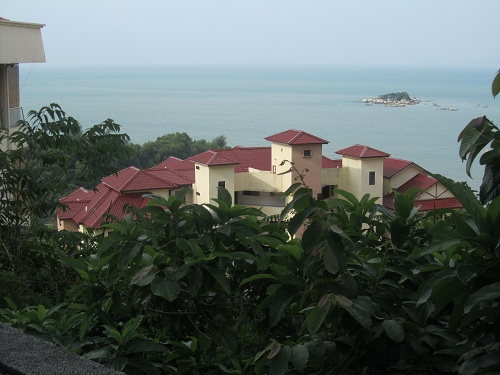At the start of this trip our goals were to appreciate each other, our world and ourselves. Penang has provided a laboratory for appreciating our world from a cultural point of view. Our family was formed in New York, considered by many to be the most cosmopolitan city in the world. We were raising the kids in New York City to expose them to this kaleidoscope.
After one week in Penang we have realized how truly interwoven a multi-cultural city can be. I’m not claiming that Penang can boast the diversity statistics of New York City, but in terms of cultural integration, my reaction is that Penang has New York City beat.
Today, Malays and Chinese make up about 40 percent each of Penang’s population. Indians comprise another 10, expatriates about 5, and other races the remainder. Not surprisingly – this is Penang, after all – how this came to be has something to do with food. Portuguese spice traders used the island as a stop over between Goa, India and the far east. The British set up the island as a free port to lure trade away from the Dutch. For a while after, Penang served as the meeting point of opium trade between India and China. Exciting things have been happening between diverse groups of people on this island for centuries, and these interactions (not the opium trading – you get hanged for that now) carry on today.
Ava and Kayan may be too young to appreciate the cultural milieu of Penang. But as they grow up, we want them to embody some of what we’ve seen on this striking island.
First, we want the kids to have an open mind and ear to the different ways people communicate. We’d love them to know at least one foreign language and wish they were able to see see and hear all the different ways that Penangites say the same thing. Between the English, Malay, Mandarin, Penang Hokkien, and Tamil, there is also Manglish (Malaysian colloquial English). Most Penangites know several words in each others’ languages. We’ve overheard several conversations where one party speaks in English while the other answers in a different language. Here are a few street signs written in a spectrum of languages spoken on the island.



The interaction of languages was the most apparent when were looking at an English menu in an Indian restaurant yet we had no idea what was on offer. Apart from a few words such as briyani and tomato, we were lost.

Second, we want the kids to realize that regardless of who people pray to, we’re all likely praying for the same things. Temples, mosques, and churches stand alongside each other throughout Penang, but no where more obviously than on the 1 km stretch of ‘harmony street‘ in George Town. Malaysia is an Islamic country, but here houses of worship representing Islam, Hinduism, Christianity, Buddhism, Taoism and Confucianism have stood side by side for over 200 years. We’ve been visiting many places of worship on our trip, and now Kayan instinctively takes off his shoes when he enters a temple. Ava, who used to blow out candle offerings, now asks to place one instead. Hopefully these are the beginnings of two people who will grow up respecting all religions, regardless of what they themselves practice.



Even though Ava and Kayan won’t remember much of Penang when they grow up, as parents we are grateful to have had this island as our muse.























































